Diversity and Inclusion in Education
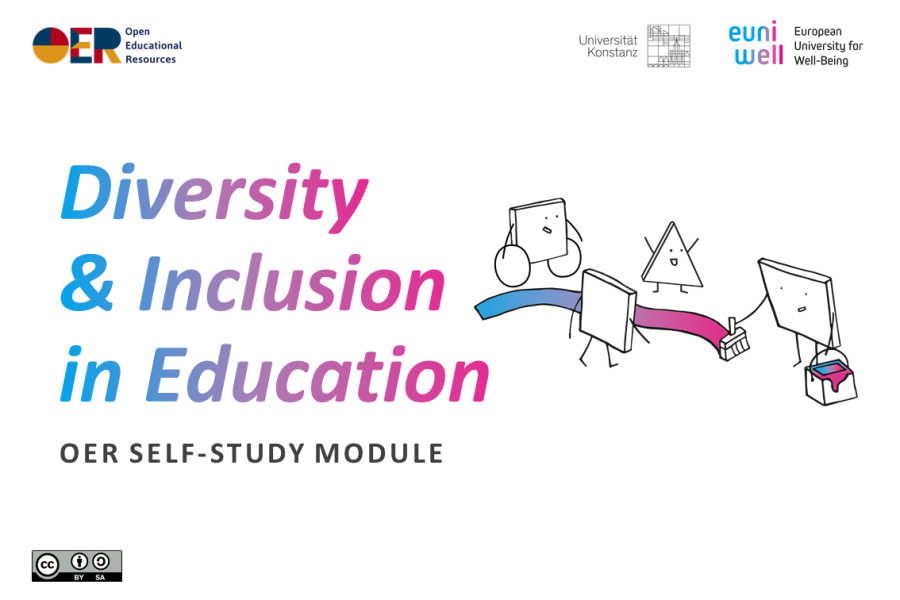
The OER self-study module „Diversity and Inclusion in Education“ introduces key concepts and practices for fostering diversity and inclusion in education. Covering six chapters, it explores theoretical foundations, forms of discrimination, global legal frameworks, inclusive school practices, student diversity, and unconscious bias. Designed for student teachers, in-service educators, and others in the educational field, it combines theory with practical strategies for inclusive teaching. Participants can earn a certificate of participation upon completing the final quiz. The OER module was developed as part of the European University for Well-Being (EUniWell) project at the University of Konstanz.
Sprache(n) | Englisch |
Urheber*in | European University for Well-Being |
Autor*innen & Beteiligte | Michael Kowalczyk |
Institution | Universität Konstanz |
Veröffentlicht | 20. Dezember 2024 |
Materialart | Kurs (self-study module) |
Fach- und Sachgebiet | Alle Fächer |
Niveau/Zielgruppe | Angehende Lehrkräfte |
Schlagwörter | Inklusive Pädagogik (Inklusionspädagogik); Geschlechtsunterschied (Gender Diversity, Geschlechtsspezifisch …); Inklusiver Unterricht; Vielfalt (Vielfältigkeit, Diversität); Diskriminierung (Discrimination, Soziale Diskriminierung); Lehramt |
Technische Hinweise/Barrierefreiheit | The OER was created using the open source software LiaScript. In addition to text and graphics, it contains embedded interactive H5P elements and YouTube videos. The OER is available for download as a SCORM package. |
Entstehungskontext | This OER self-study module was produced by the University of Konstanz project team as part of the EUniWell project, funded by the European Union. |
- Chapter 1 – Systems Theory Perspectives: Social structures and global influences determine inclusion and inclusive education in our constantly evolving societies; this framework influences institutions and interactions and shapes the perceptions and identities of groups and individuals. With regard to the aims of inclusion and quality education, we should see the individual in the middle of society. Furthermore, we should look at the everyday interactions in our nearest socio-ecological environments and remind ourselves that thinking and acting in inclusive ways is everyone’s responsibility.
Chapter 2 – Discrimination, Diversity and Inclusion: People have different characteristics in various social, biological, and psychological dimensions and act differently in their interactions with others. This can lead to discriminatory situations. Looking at the historical development of diversity as well as inclusion and their definitions (and at the problems involved in finding value-free descriptions of the phenomena) reveals that concepts and terms such as diversity, integration, and inclusion have shifted over time. Some researchers refer to a paradigm shift that has taken place in modern society.
Chapter 3 – Inclusion in Global Legal Foundations: With the help of global cooperation, international legal frameworks (e.g. the Universal Declaration of Human Rightshuman rights convention) and national ratificationrights (e.g. of the ratification of the UN Convention on the Rights of Persons with Disabilities (CRPD), in Germany in 2009) have been agreed over time to ensure that people can live together in societies without discrimination. Looking to the future, the UN Sustainable Development Goals (SDGs) highlight shared visions and common goals for fostering inclusion as a socio-political process and the well-being of all generations.
Chapter 4 – Inclusive School Structures and Practices: Educational institutions should ensure that individuals (children, students, teachers, and other involved adults) are aware of global values and inclusive objectives so that they can put them into practice. To achieve this, social institutions need quality frameworks (e.g. multi-professional teams, team teaching, and integrative approaches in the school system).
Chapter 5 – Examples of Student Diversity in Inclusive Classrooms: Teachers must be able to respond to the different needs and requirements of each individual student. To achieve this, they must be sensitised to the various dimensions of diversity (social-cultural, biological-physical, and psycho-emotional). Furthermore, they must learn how to react in inclusive lessons, experiment with what makes quality inclusion possible, and engage in reflection with colleagues in the school context and other professionals.
- Chapter 6 – Final Quiz
Chapter 7 – Unconscious Bias (Add-on): The human species benefits from a foundation of specific cognitive abilities. However, this also means that all individuals are influenced by unconscious biases that guide their thoughts and actions throughout their lives – including teachers expected to approach special educational needs or migration fairly.



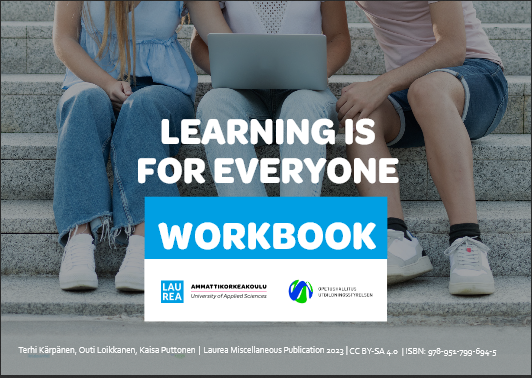
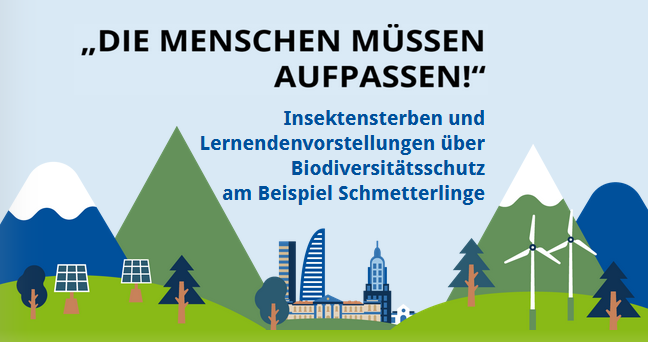


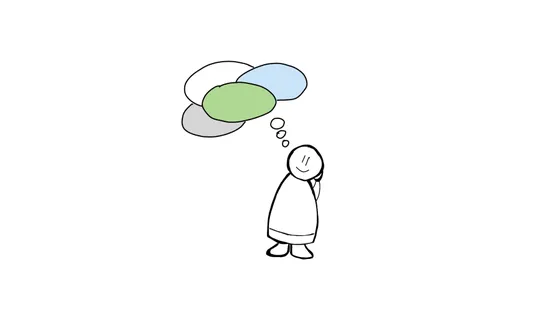

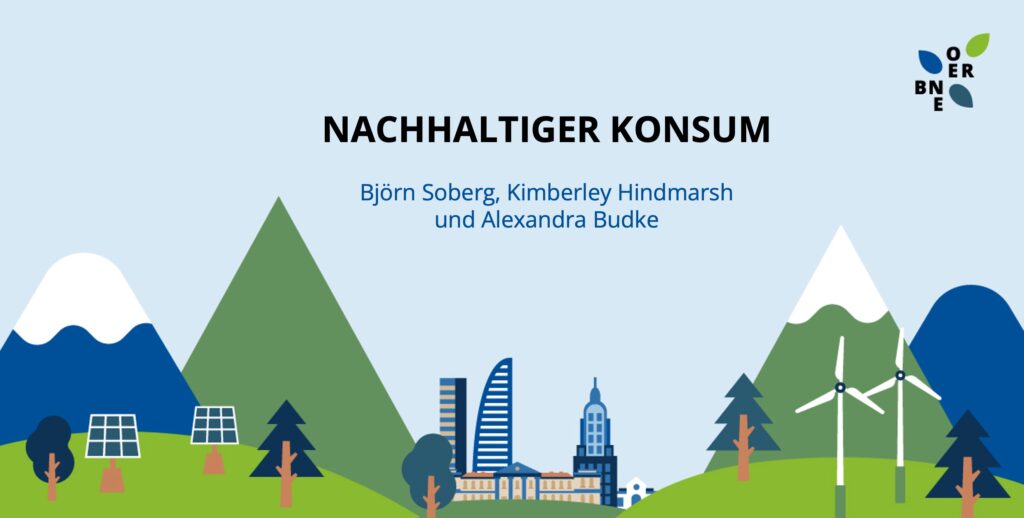
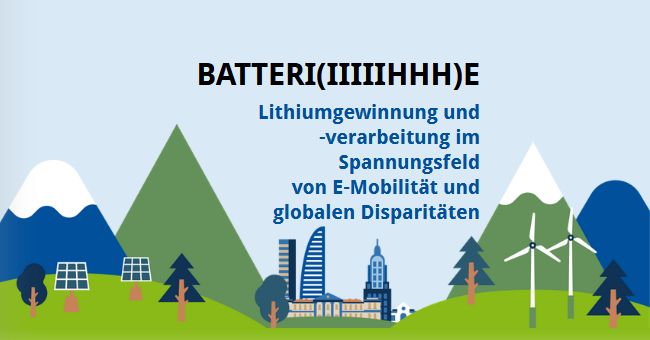

Antworten